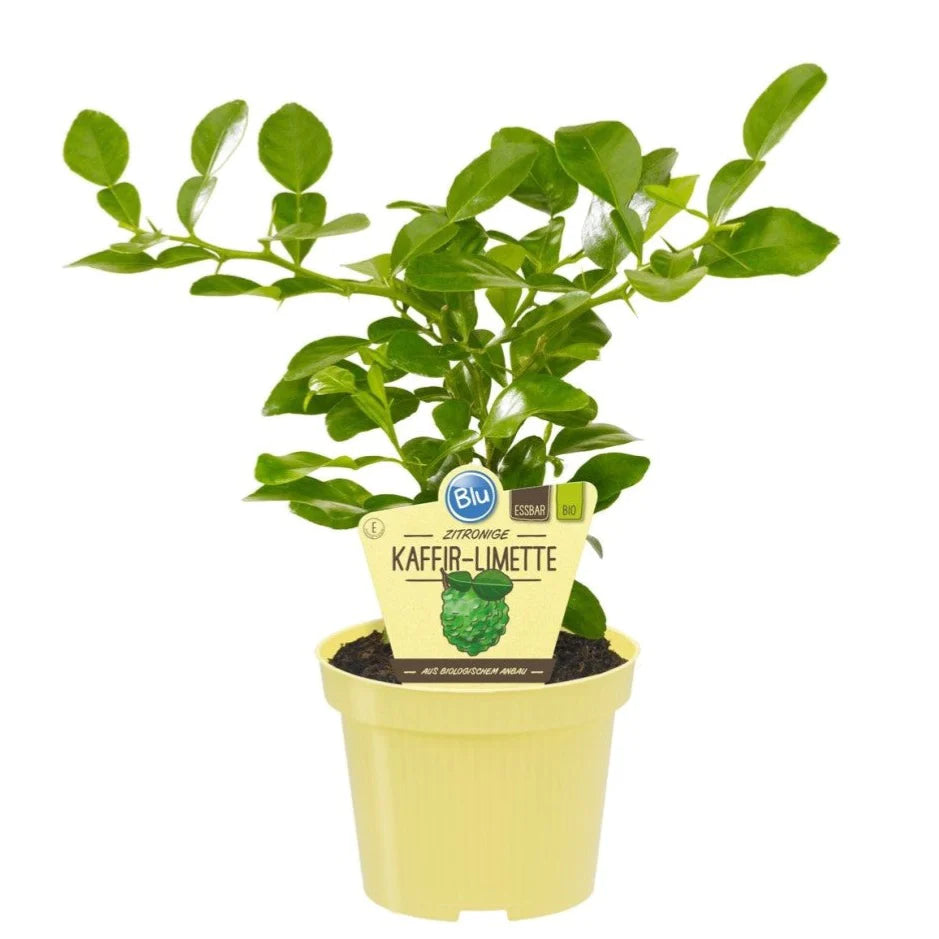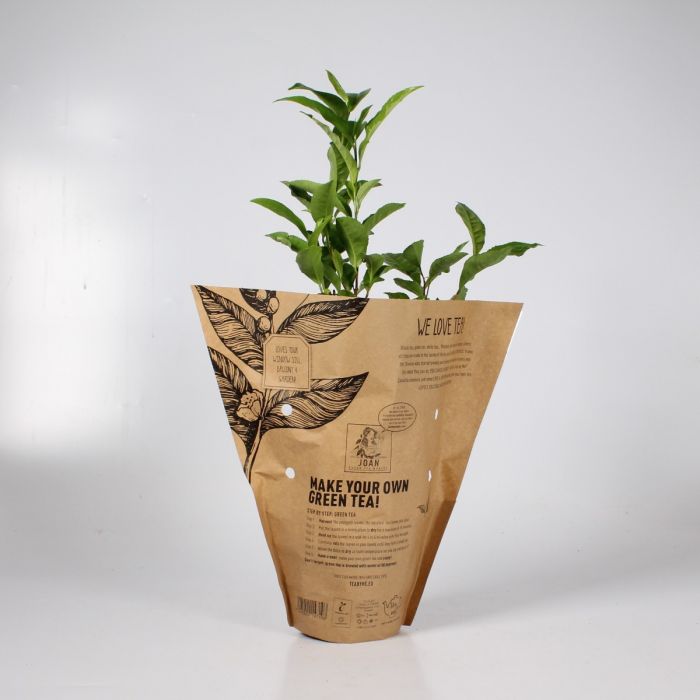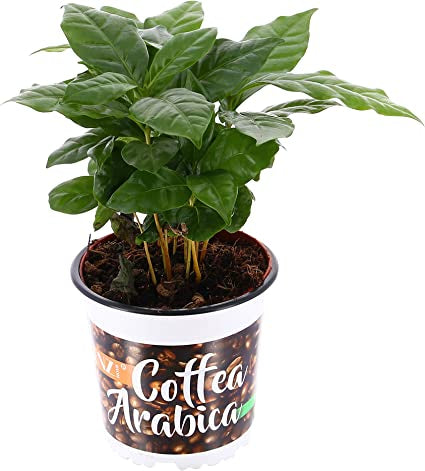Your Cart is Empty
FREE DELIVERY OVER £60
FREE DELIVERY OVER £60
PLANTS & FLOWERS
Office plants & Services
EXTERIOR PLANTING
CHRISTMAS TREES AND DISPLAYS
Exploring Southeast Asian Cuisine: The Key Role of Citrus Hystrix in Traditional Dishes
3 min read

Southeast Asian cuisine is renowned for its complex and bold flavors, incorporating a wide range of aromatic herbs and spices. One of the key ingredients in many traditional dishes is Citrus Hystrix, commonly known as Kaffir Lime or Makrut Lime. This small citrus fruit, native to Southeast Asia, has a unique aroma and flavor that has become synonymous with the region's culinary identity.
Kaffir Lime leaves are a crucial component in many Thai, Indonesian, and Malaysian recipes, providing a bright, citrusy flavor to soups, curries, and stir-fries. In addition to its culinary applications, Citrus Hystrix has traditionally been used for medicinal purposes and as an ornamental plant.
The Origins of Citrus Hystrix in Southeast Asian Cuisine
Citrus Hystrix has its roots in the diverse tropical regions of Southeast Asia, where it grows abundantly in countries such as Thailand, Cambodia, Laos, Indonesia, Malaysia, and the Philippines. The tree has been cultivated for centuries and holds significant cultural and culinary importance throughout the region.
The unique flavor and aroma of Kaffir Lime leaves and rind have long been integral to Southeast Asian cuisine, particularly in Thai cuisine. In Thailand, Kaffir Lime leaves are used in popular dishes like Tom Yum soup, Green Curry, and Spicy Papaya Salad. Indonesian cuisine also heavily relies on Citrus Hystrix, with dishes like Rendang beef curry and Nasi Uduk rice featuring Kaffir Lime leaves and rind.
The Characteristics of Citrus Hystrix in Southeast Asian Cuisine
Kaffir Lime leaves are a staple ingredient in many Southeast Asian dishes, providing a tangy, citrusy flavor that is distinctively Southeast Asian. The leaves are often used fresh or dried and added to recipes as a whole or torn to release their essential oils. The aroma and flavor of Kaffir Lime leaves are particularly potent when they are crushed or torn.
The rind of the Kaffir Lime fruit is also commonly used in Southeast Asian cuisine. The bumpy rind is packed with aromatic oils, making it an excellent addition to curry pastes, marinades, and spice blends. The rind can be finely grated or chopped and used in recipes like Thai Red Curry paste or Malaysian Laksa.
Aside from its culinary applications, Citrus Hystrix has also been used for medicinal purposes throughout Southeast Asia. It is believed to have antibacterial and anti-inflammatory properties and is used to alleviate symptoms like nausea, fever, and headaches.
Growing and Using Citrus Hystrix at Home
Growing a Citrus Hystrix tree can be a rewarding endeavor for gardeners living in tropical and subtropical climates. The tree thrives in well-draining soil, ample sunlight, and consistent watering. It can be grown in containers, making it an ideal choice for patios, balconies, or small gardens. In colder climates, the tree can be cultivated indoors or in greenhouses, as long as it receives adequate light and care.
Incorporating Citrus Hystrix into your cooking can be a simple and effective way to add an exotic twist to your meals. Fresh or dried Kaffir Lime leaves can be added to soups, curries, and stir-fries, while the rind can be used in spice blends and marinades. The fruit's juice is also used in various Southeast Asian dishes, adding a tangy and acidic flavor.
In conclusion, Citrus Hystrix plays a vital role in Southeast Asian cuisine, adding a distinct and exotic flavor to traditional dishes. The tree's leaves and rind have been used for centuries in culinary and medicinal applications, making it a valuable and versatile ingredient. By understanding the origins and characteristics of this extraordinary fruit, you can appreciate the depth of its
Leave a comment
Comments will be approved before showing up.
Subscribe
Sign up to get the latest on sales, new releases and more …












































